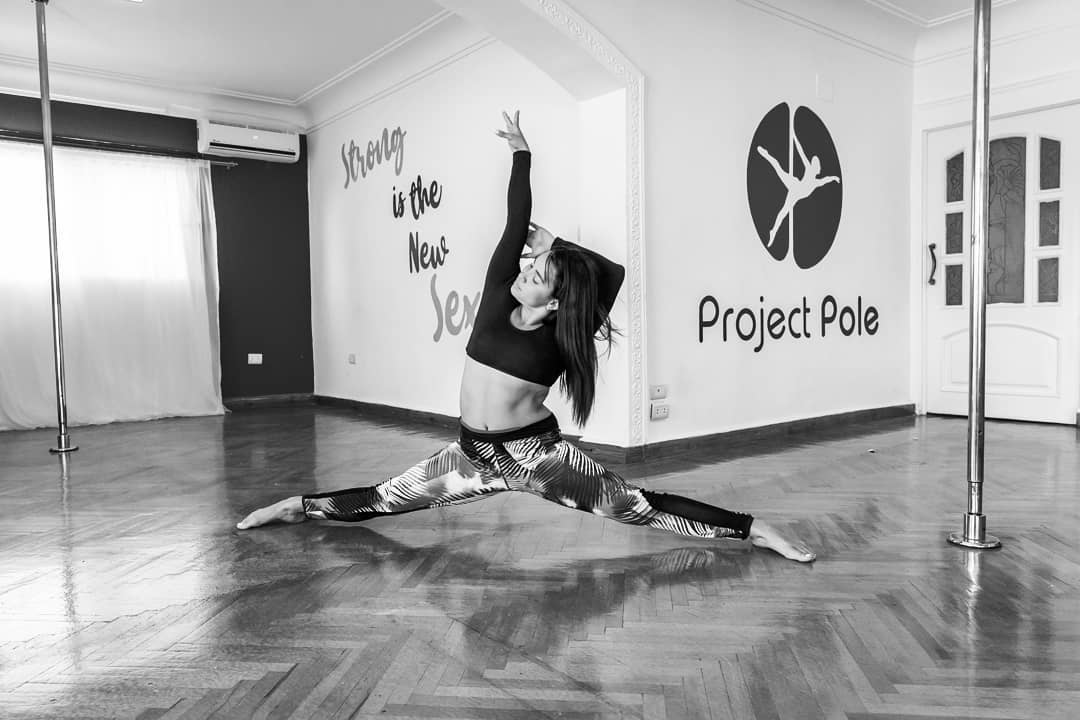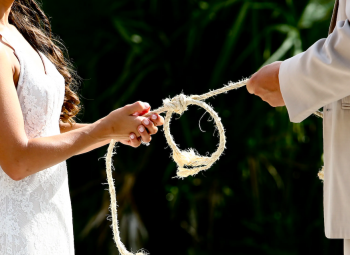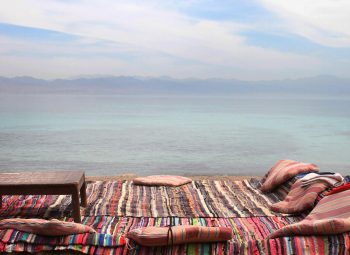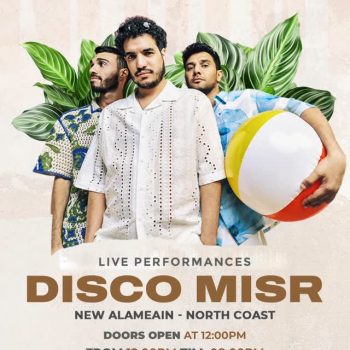With the amount of physical strength and endurance it requires, pole dancing is a performance sport. But it’s not just about the fitness; it’s a form of art. And as its practitioners show strength, they also display considerable talent.
Pole dancing is widely seen as taboo, especially in Egypt, but, little by little, it’s started gaining acceptance and popularity. We talked to Cairo-based Venezuelan instructor and dancer, Estéfany Márquez Rossi.
Rossi, whose talent shows clearly in her smooth pole tricks, started practising pole dancing four years ago. Before that, she was a volleyball player, but has always been a dancer at heart. No wonder that a sport that combines acrobatics and fitness turned to be a perfect fit for her, which was exactly what she felt when a friend of hers introduced her to pole dancing; it felt like she found her passion.
View this post on Instagram
When one of the reputable pole dancing studios in Egypt reached out to Rossi, it was a tough decision to make. She was already a coach and had competed five times. But leaving her family behind and going to a country where she did not speak the language? She definitely had her doubts, but now she’s come to the realisation that this was the best decision she’s ever made.
“Here, pole sport is new; there are many beginners, so it’s the perfect place to start a sports career as an instructor,” she said.
Just like the rest of the world, Egypt is slowly starting to accept pole dancing as a sport. There are many pole dancers in Egypt now, and many studios have opened up in the past few years. Even the pandemic shutting gyms and dance studios down didn’t stand in the way of anyone learning and practising.
Since pole dancing obviously requires a pole, we weren’t sure their studios would be able to quickly respond and hold online classes like the rest of the gyms and yoga and dance studios. To our surprise, they did! Online classes were, of course, possible if the student had a pole at home, but since that wasn’t the case for many, they were still able to practise.
“The components of pole sport are flexibility, strength, dance, and physical condition. In this quarantine time, we focused on gaining all of the above separately without the use of a pole,” Rossi told us. “I am pretty sure that when we return to the studios, we will be better athletes.”
View this post on Instagram
It’s quite interesting that pole dancing combines various skillsets. That, along with the story of its origin, makes it very tempting for someone to try it out. The origins of pole are Mallakhamb and the Chinese Mast, which were both practised by men only. Mallakhamb was an Indian sport where a gymnast does aerial yoga tricks on a, not very high, thick wooden pole. On the other hand, the Chinese Mast is performing tricks between two twenty-foot-tall poles, defying gravity. However, if you’re not athletic and you want to try pole dancing, don’t let that discourage you.
“You don’t have to be a dancer like Michael Jackson, nor flexible like Elastigirl, nor super strong like the Hulk. All you need is commitment to get results,” Rossi said. “It is honestly a place where everyone is accepted; there is no limit to weight, age, or gender. This sport opens doors for anyone who is willing to learn something different, through which they can change their mood and lifestyle, and gain self-confidence.”
If that inspires you to try out pole dancing, studios are opening up in July, taking safety measures, of course. So, this might be your chance!







